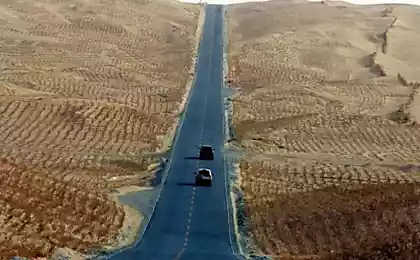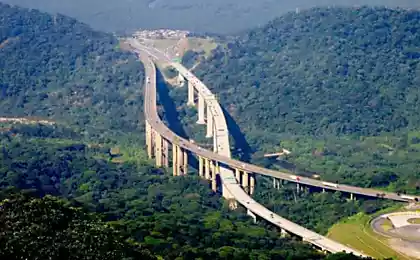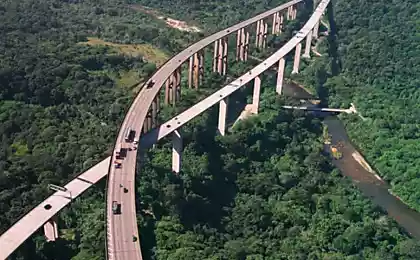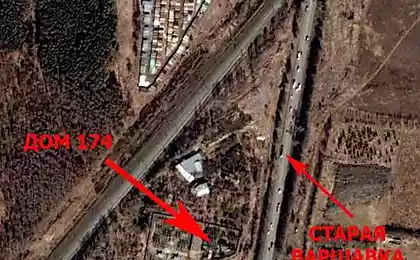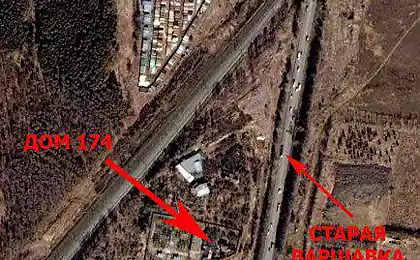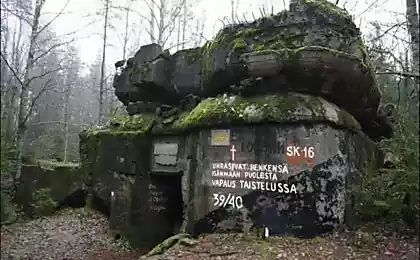777
Highway Tarim. The longest in the desert
Tarim Highway through the Taklamakan Desert in China and links the cities of Lantana Minfen. The total length of the highway is 552 km, of which about 446 km is built through uninhabited area, with dunes up to 20 meters in height, which are often covered highway.
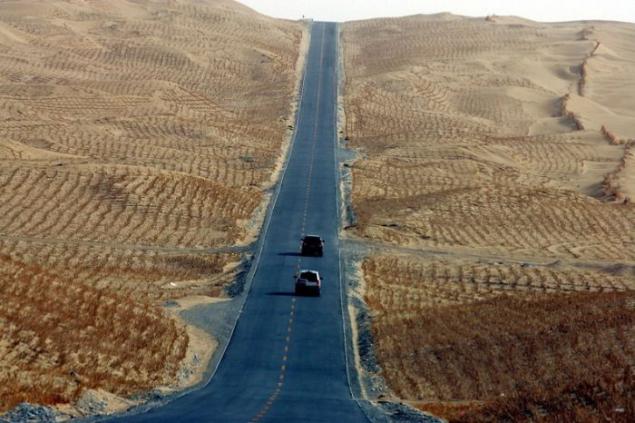
To prevent encroaching dunes, vegetation were planted in rows on both sides of the road. Massive irrigation system was built for pumping water from underground storage tanks to fuel an artificial ecosystem. Hundreds of workers were employed, their positions are placed every four kilometers along the road to keep the vegetation in good condition. Water comes from wells from the aquifer at a depth of 100 meters. Despite the high salt content in the water, the green belt along the road continues to thrive.

Within five years, the government experimented with a variety of plants that can survive the desert conditions. In 1999 a pilot project afforestation belt along 6.3 kilometers of the highway was completed. In 2001, the project has been extended until the 30.8 km stretch along the highway has not been planted forest. The project was finally approved by the state in 2003. Today, nearly four-fifths of the highway surrounded by plantings of 72 meters wide, covering a total area of more than 3, 000 hectares.
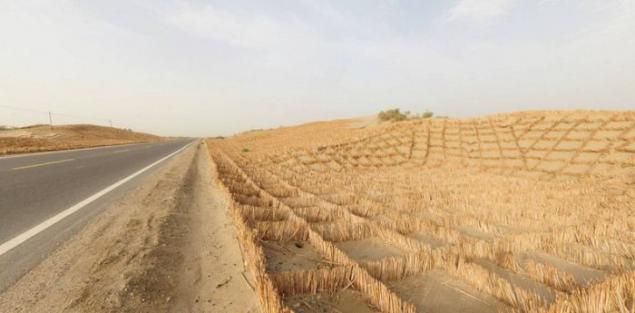
In the Tarim Desert Highway is very great economic importance, which explains why so expensive and elaborate measures were taken to save it. The highway was built in 1995 to serve the oil pipeline, which is under the Taklamakan desert. By shifting sands is the biggest oil field gas in China. Highway not only allows direct access to the resources that lie beneath the Tarim Basin, but also allows the transport of goods and resources from the Oil fields directly. Since the area is completely uninhabited, gas station and several restaurants have been built at an intermediate point along the highway to serve travelers.
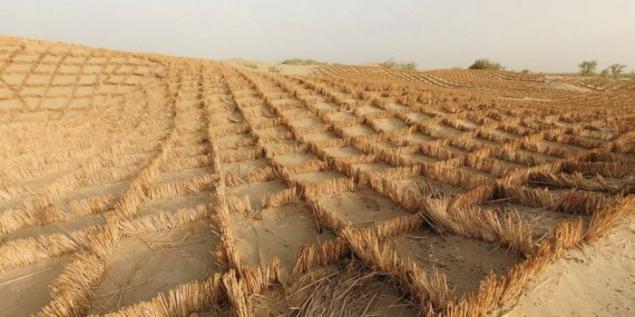
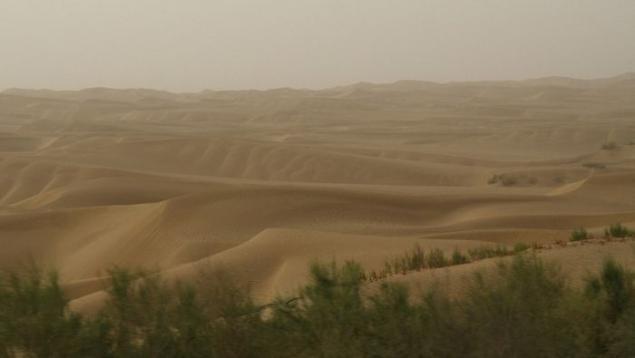
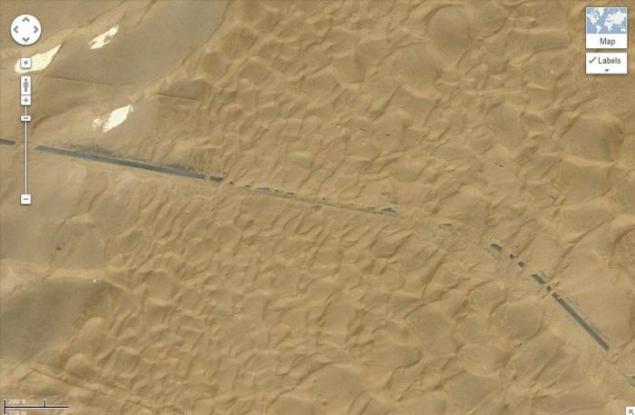
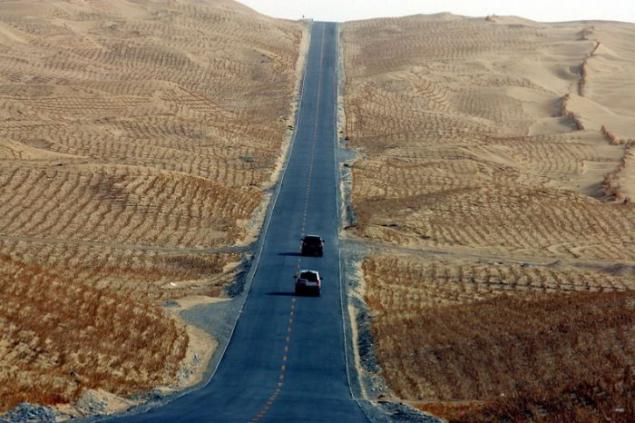
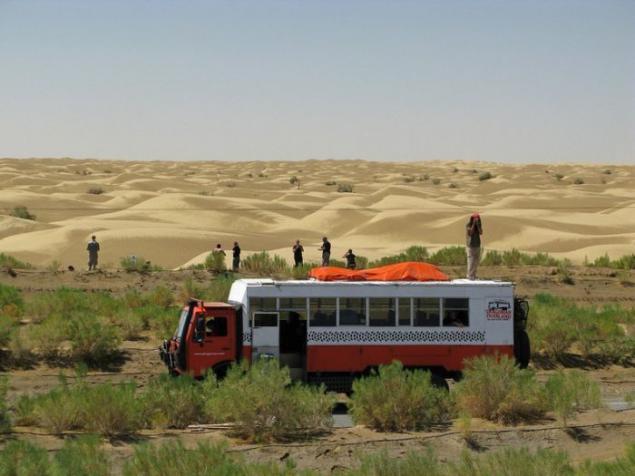
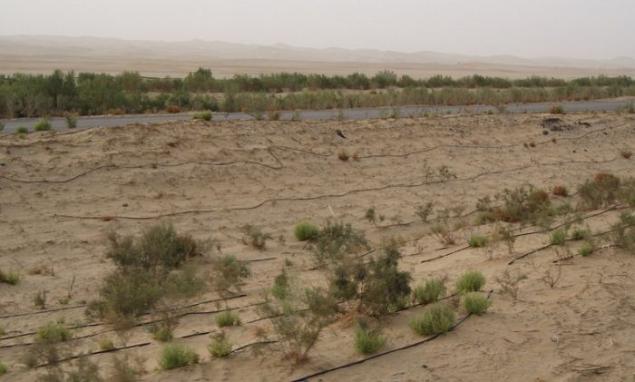
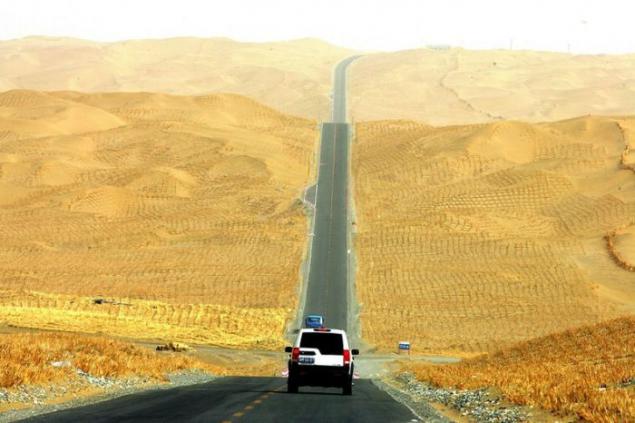
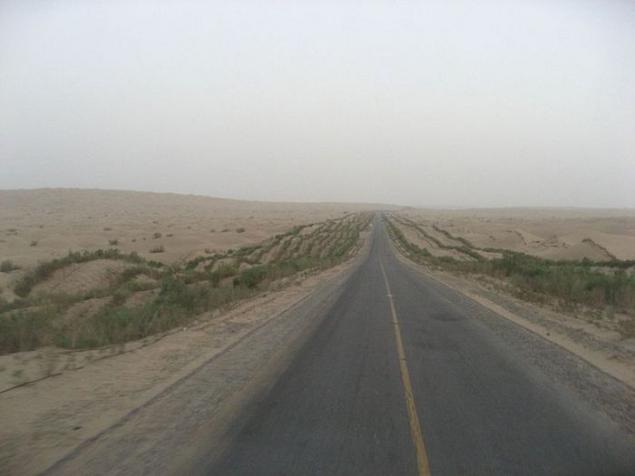
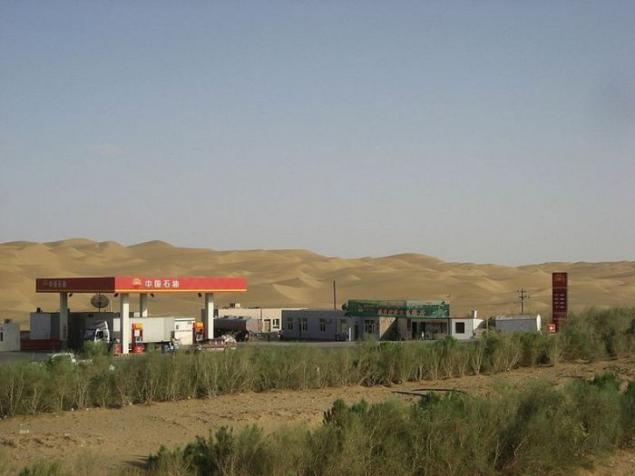

To prevent encroaching dunes, vegetation were planted in rows on both sides of the road. Massive irrigation system was built for pumping water from underground storage tanks to fuel an artificial ecosystem. Hundreds of workers were employed, their positions are placed every four kilometers along the road to keep the vegetation in good condition. Water comes from wells from the aquifer at a depth of 100 meters. Despite the high salt content in the water, the green belt along the road continues to thrive.

Within five years, the government experimented with a variety of plants that can survive the desert conditions. In 1999 a pilot project afforestation belt along 6.3 kilometers of the highway was completed. In 2001, the project has been extended until the 30.8 km stretch along the highway has not been planted forest. The project was finally approved by the state in 2003. Today, nearly four-fifths of the highway surrounded by plantings of 72 meters wide, covering a total area of more than 3, 000 hectares.

In the Tarim Desert Highway is very great economic importance, which explains why so expensive and elaborate measures were taken to save it. The highway was built in 1995 to serve the oil pipeline, which is under the Taklamakan desert. By shifting sands is the biggest oil field gas in China. Highway not only allows direct access to the resources that lie beneath the Tarim Basin, but also allows the transport of goods and resources from the Oil fields directly. Since the area is completely uninhabited, gas station and several restaurants have been built at an intermediate point along the highway to serve travelers.











